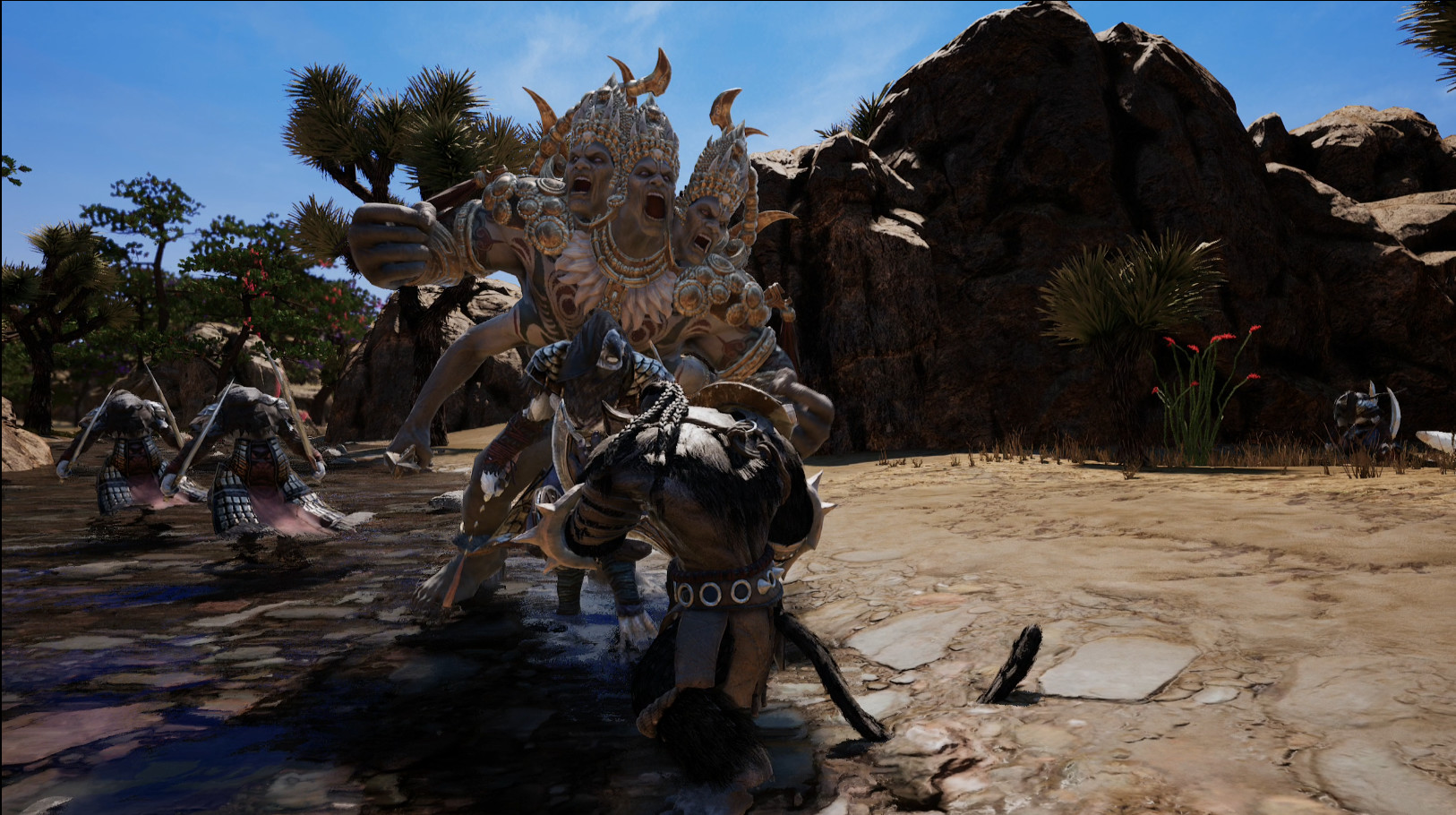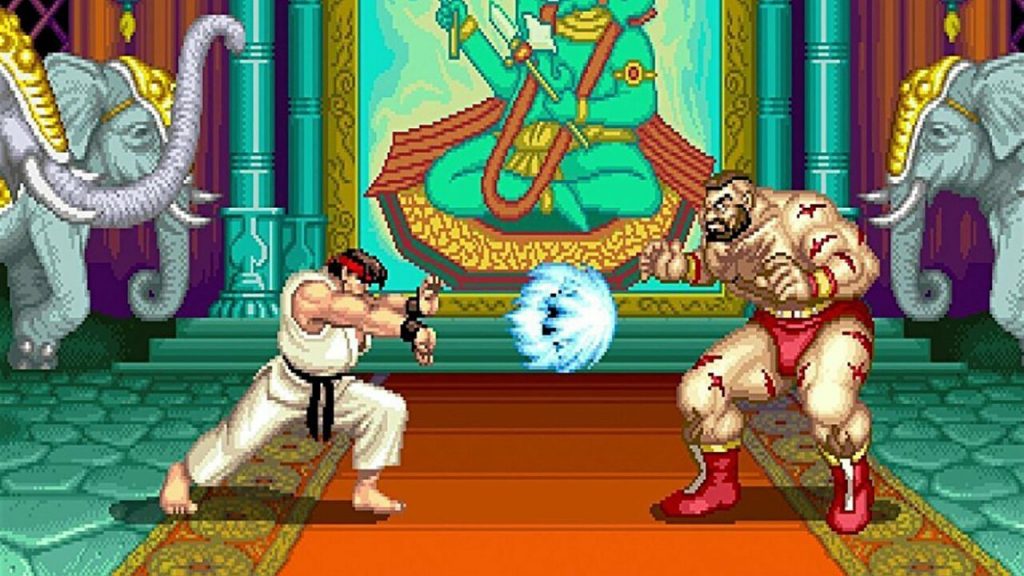
Players can control Liao as he gambles away their hard-earned digital yen and sen. One user there called Liao “the godfather of Taiwanese independence.”īeyond recreating the sights and sounds, The Legend of Tianding features a historically accurate minigame within: Four Color Cards. and commentary on PTT has touched on the political relevance of Liao to Taiwan’s situation today. The homage is intentional, as Go was a student of Wu’s. These interludes echo the stories told of Liao by radio broadcaster Wu Letian during Taiwan’s martial law period as allegories for resistance. The story’s chapters are punctuated by Hong Kong-style comics and radio reports about Liao Tianding’s doings voiced by Taiwanese-language television news anchor Kok-Cheng Go.

Photo Credit: Creative Games & Computer Graphics I stopped playing and listened till completion I wouldn’t be surprised if this scene had the same effect on other players.

Most arresting, though, is a moment in which Yang Hsiu-ching plays a moon lute and sings about Liao. Taipei-based Rising Sound studio provides background music as well as a theme song that compellingly mixes traditional and modern styles. The streets are alive not only with the sights of people but also the sounds of bustling conversation. Throughout the events of the game, you can hear the characters speak Taiwanese and Japanese as appropriate. The audio details are wonderfully rendered as well. And while they portrayed a historically accurate setting, the art style was also influenced by Hong Kong manga and Spider-Man: Into the Spider-Verse. During development, the developers posted this comparison between the Mitsui Building and their in-game version. Wang told me that they used many books, photographs, and paintings to faithfully recreate Japanese colonial Taipei, including Kuo Hsueh-hu’s famous painting Festival on South Street. Families and vendors are standing around chatting, people are queued to buy steamed buns, signs crowd your view down side streets. Historic Dihua street, where the action is centered, is fantastically realized in the background, rendered with small details that make each moment pop. There are secret doors and hard to execute jumps, difficult boss fights, and quests to help the denizens of Japanese colonial-era Taipei.īut the standout feature of the game is its aesthetics. In an interview with Press Play Media, the creators draw connections to games such as Hollow Knight, Guacamelee, and Shank. There’s intrigue, hunts for hidden treasure, and a fight that takes place on top of a moving train. The player controls Liao as he fights against thugs, corrupt police, and the Japanese military. In terms of video game genres, The Legend of Tianding can be considered a two-dimensional side-scroller beat ‘em up with some platforming elements. CGCG is an independent game developer, and including Lin and Wang, the team responsible for The Legend of Tianding included about ten people. NTUST is featured in the credits of the video game due to their support, and other students at the university helped test the game. In Wang’s case, he holds a BS and MS in Computer Science from National Taiwan University of Science and Technology. Like Lin, Wang’s experience is rooted in his time at university. The game was co-produced by PP Wang and Maso Lin.
THE LEGEND OF TIANDING REVIEW PC
In 2021, they released The Legend of Tianding, an award-winning title available on both PC and the Nintendo Switch. More than ten years later, Lin, along with his team at Taiwanese game developer Creative Games & Computer Graphics (CGCG), resurrected the idea of a game based on Liao. While that version of the game was considered to be just a prototype, it garnered a good amount of popularity.

He conceived of the idea to use Liao Tianding as the main character of a video game and created a Flash webgame using the character as his thesis. At that time, Maso Lin was a student at National Taiwan University of Arts, completing his master’s degree in Multimedia and Animation Arts.

And since 2004, he’s been a video game character as well.


 0 kommentar(er)
0 kommentar(er)
